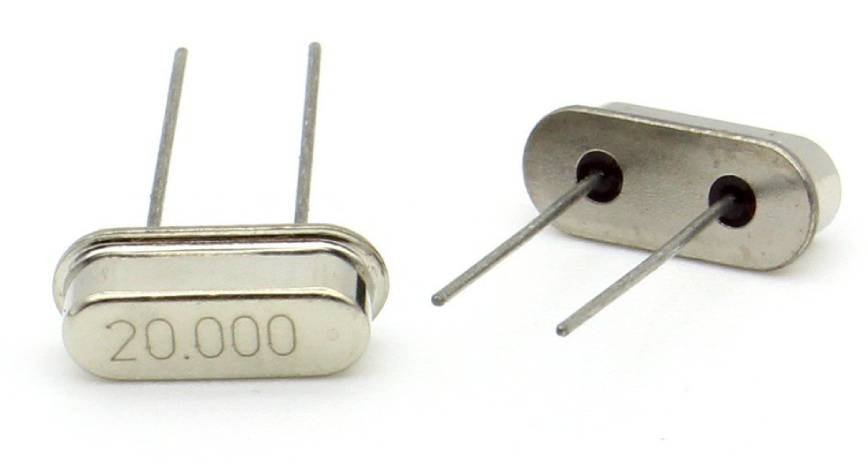Quartz in Electrical Components

Quartz, known for its piezoelectric properties and high thermal stability, finds applications in electrical components for various purposes, primarily as a material for oscillators, resonators, and timing devices.
One of the primary uses of quartz in electrical components is in the manufacturing of quartz crystals for oscillators and resonators. Quartz crystals exhibit the piezoelectric effect, where mechanical stress induces an electric charge, and vice versa. This property makes quartz crystals ideal for use in oscillators and resonators, where they can generate stable and precise electrical signals at specific frequencies. Quartz crystal oscillators are used in a wide range of electronic devices, including clocks, watches, radios, computers, and communication systems, to provide accurate timing and frequency control.
Moreover, quartz is used in the production of quartz filters and resonators for electronic applications. Quartz filters are used to select or reject specific frequencies in electronic circuits, while quartz resonators are used to stabilize the frequency of oscillators and filters. Quartz-based filters and resonators offer high Q-factor, low insertion loss, and excellent temperature stability, making them suitable for use in telecommunications, radar systems, and other high-frequency applications.
Additionally, quartz is used in the manufacturing of surface acoustic wave (SAW) devices for signal processing and sensing applications. SAW devices utilize the piezoelectric properties of quartz to convert electrical signals into acoustic waves that propagate along the surface of a quartz substrate. These waves can be manipulated and detected using interdigital transducers (IDTs) to perform functions such as filtering, amplification, and sensing in electronic circuits. SAW devices are used in various applications, including wireless communication, automotive electronics, and sensor networks.
Furthermore, quartz is used in the production of piezoelectric sensors and actuators for industrial and automotive applications. Quartz-based sensors can measure physical quantities such as pressure, acceleration, and temperature, while quartz-based actuators can convert electrical signals into mechanical motion. These devices are used in applications such as automotive engine management, industrial process control, and medical diagnostics, where precise and reliable sensing and actuation are required.
Quartz in Electrical Components

Quartz, known for its piezoelectric properties and high thermal stability, finds applications in electrical components for various purposes, primarily as a material for oscillators, resonators, and timing devices.
One of the primary uses of quartz in electrical components is in the manufacturing of quartz crystals for oscillators and resonators. Quartz crystals exhibit the piezoelectric effect, where mechanical stress induces an electric charge, and vice versa. This property makes quartz crystals ideal for use in oscillators and resonators, where they can generate stable and precise electrical signals at specific frequencies. Quartz crystal oscillators are used in a wide range of electronic devices, including clocks, watches, radios, computers, and communication systems, to provide accurate timing and frequency control.
Moreover, quartz is used in the production of quartz filters and resonators for electronic applications. Quartz filters are used to select or reject specific frequencies in electronic circuits, while quartz resonators are used to stabilize the frequency of oscillators and filters. Quartz-based filters and resonators offer high Q-factor, low insertion loss, and excellent temperature stability, making them suitable for use in telecommunications, radar systems, and other high-frequency applications.
Additionally, quartz is used in the manufacturing of surface acoustic wave (SAW) devices for signal processing and sensing applications. SAW devices utilize the piezoelectric properties of quartz to convert electrical signals into acoustic waves that propagate along the surface of a quartz substrate. These waves can be manipulated and detected using interdigital transducers (IDTs) to perform functions such as filtering, amplification, and sensing in electronic circuits. SAW devices are used in various applications, including wireless communication, automotive electronics, and sensor networks.
Furthermore, quartz is used in the production of piezoelectric sensors and actuators for industrial and automotive applications. Quartz-based sensors can measure physical quantities such as pressure, acceleration, and temperature, while quartz-based actuators can convert electrical signals into mechanical motion. These devices are used in applications such as automotive engine management, industrial process control, and medical diagnostics, where precise and reliable sensing and actuation are required.
Consult With Anand Talc and Empower Expertise.... Read More
